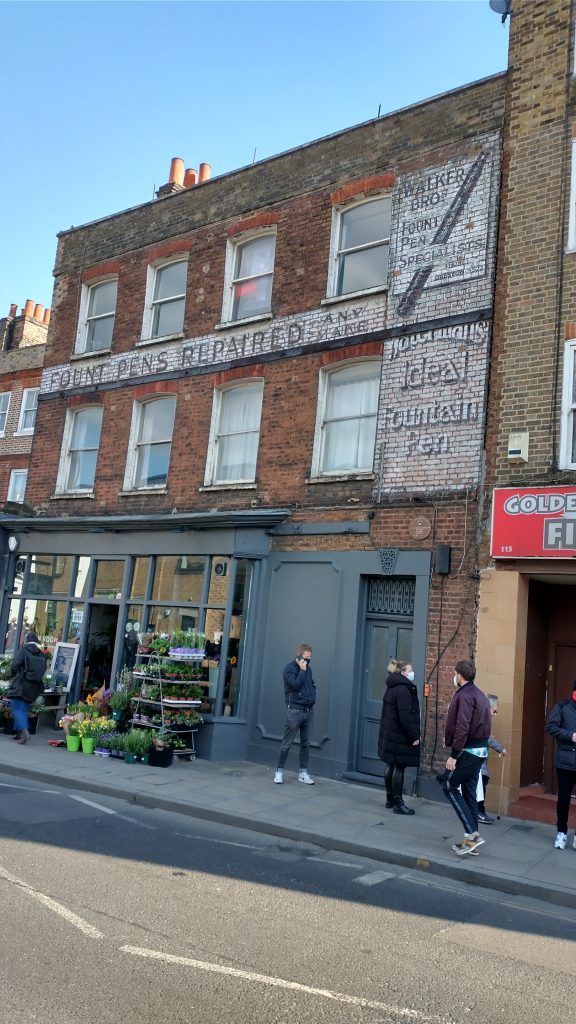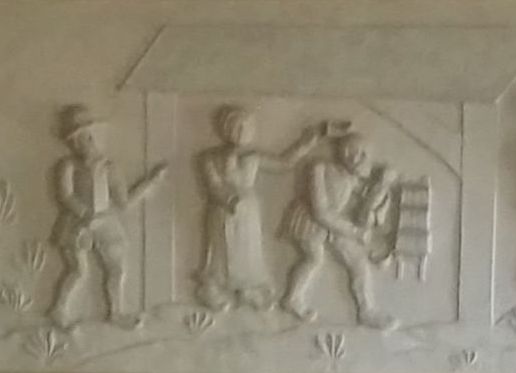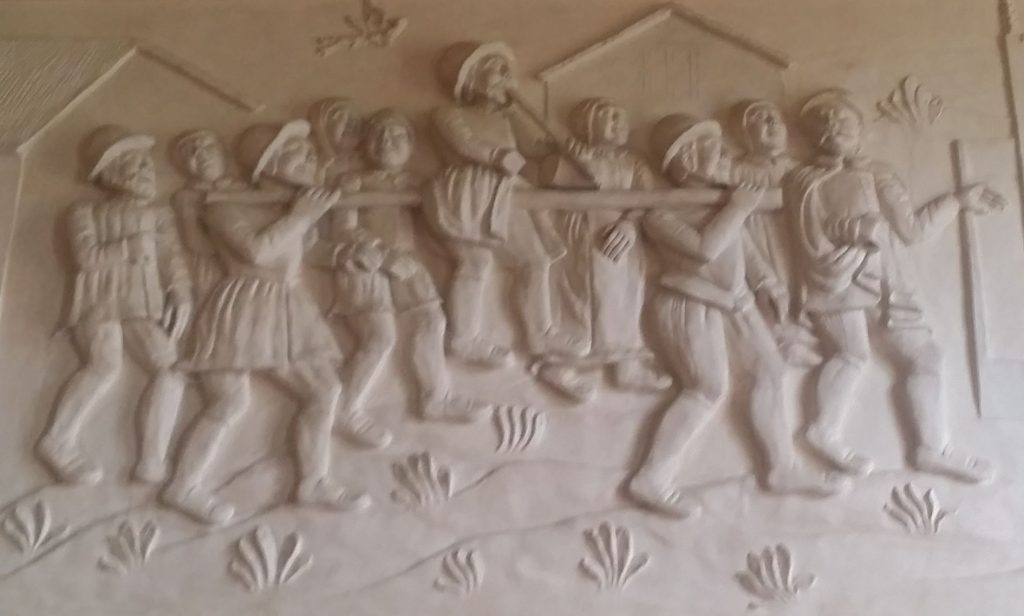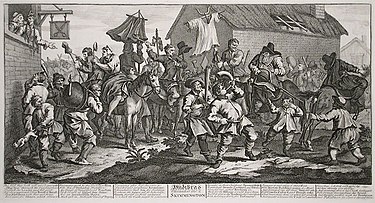
This is a graph by Flourish who make superb business graphics. Just watch as you see the composition of the Stoke Newington Church Street change year by year before your eyes.
Stoke Newington Church Street businesses by type 1847-2017

The Past brought to Life

This is a graph by Flourish who make superb business graphics. Just watch as you see the composition of the Stoke Newington Church Street change year by year before your eyes.
Stoke Newington Church Street businesses by type 1847-2017

I wrote about the custom of Wife-Selling which appears as the main plot driver in Thomas Hardy’s 1886 masterpiece ‘the Mayor of Casterbridge’. Later in the book another folk custom brings the erstwhile Mayor to the brink of suicide. This was the Skimmity Ride, or Skimmington Ride.
The ride, which has deep roots in history, was designed to humiliate a member of the community and it consisted of a procession through the streets of the community with music or at least percussion instruments. Those being mocked, or an effigy of them or a local dressed up to look like them rode a horse or donkey or sat on a pole.
The illustration above is from the early 17th Century. It is in Montecute House, in Somerset above one end of the Great Hall of Sir Edward Phelips, who rose to the top of the legal profession becoming Master of the Rolls. And yet he choose to have a representation of popular justice in this prestigious part of his house. ( more information here)
The ‘offence’ is seen on the left – a neighbour sees the wife hit her husband over his head with a clog while he is trying to get a drink of beer at the same time as holding the swaddled baby. They live in a simple thatched cottage.

The normal interpretation is that she is ruling the roost and taking over the man’s role. It is he who is being punished for losing control to his wife and he is seen ‘riding the stang’, or pole either in person, or in effigy, or played by a stand-in. It would be nicer to think he is being punished for being drunk in charge of a child. The Skimmity Ride is heading from the couple’s home to the Church, and thus shown as involving the entire community.

In the fictional ‘Mayor of Casterbridge’ skimmity ride effigies of the ex-Mayor and his lover, Lucetta Le Sueur, are tied back to back on a donkey and paraded through Casterbridge. She has just married the Mayor’s rival and on seeing the skimmity ride has a seizure which kills her. Henchard, full of remorse, decides to kill himself in the local river, but as he looks down into Ten Hatches Hole he sees an image of himself which stops him jumping in. It turns out to be his Skimmity effigy but he, none-the-less, sees it as divine intervention.
William Hogarth also portrays a Skimmington Ride in his illustration for Samuel Butler’s ‘Hudibras’. It illustrates the cacophonous nature of the Skimmington with horns and percussion the main forms of ‘music’.

You might also like Cunning Men in Thomas Hardy’s fiction.
The Society of Antiquities newsletter ( Salon: Issue 494) reports on a restitution deal of one of the major collections of Benin bronzes back to Nigeria.
The Bronzes, which are actually Brasses, are from the Royal Palace of the Kingdom of Benin which was looted by the British during the Benin Expedition of 1897 as part of British subjection of Nigeria.
Wikipedia reports that ‘Two hundred pieces were taken to the British Museum in London, while the rest found their way to other European museums. A large number are held by the British Museum[ with other notable collections in Germany and the United States.’
The Smithsonian has recently made a similar arrangement to restore their brasses to Nigeria, and UK collection The Great North Museum: Hancock, has followed suit joining Jesus College, Cambridge and the University of Aberdeen. (The Art Newspaper)The British Museum has refused and is indeed prevented from so doing by an Act of Parliament.
An interesting sidelight on the collection is that the wealth of the Benin Kingdom benefited from income from the slave trade.
This is what The Society of Antiquities newsletter ( Salon: Issue 494) says:
Last week, Germany signed a restitution agreement with Nigeria. The agreement covers 1,100 artefacts currently held by the Linden Museum in Stuttgart, Berlin’s Humboldt Forum, the Cologne Rautenstrauch-Joest Museum, Hamburg’s Museum of World Cultures and the State Ethnographic Collections of Saxony. The agreement immediately puts these objects into Nigerian ownership; the affected Museums will then
The Society of Antiquities newsletter ( Salon: Issue 494)negotiate directly with the Nigerian Government whether they return to Nigeria, or remain in Germany under custodial agreements.
Lai Mohammed, Nigeria’s Culture Minister, described the agreement as ‘the single largest known repatriation of artefacts in the world’. It was marked by the return of two Benin Bronzes – an eighteenth century 35kg head of an oba and a 16th-century relief depicting an oba accompanied by guards or companions. German foreign minister, Annalena Baerbock, said ‘It was wrong to take the bronzes and it was wrong to keep them. This is the beginning to right the wrongs.’
Image credits: The returned Benin Bronzes, Martin Franken